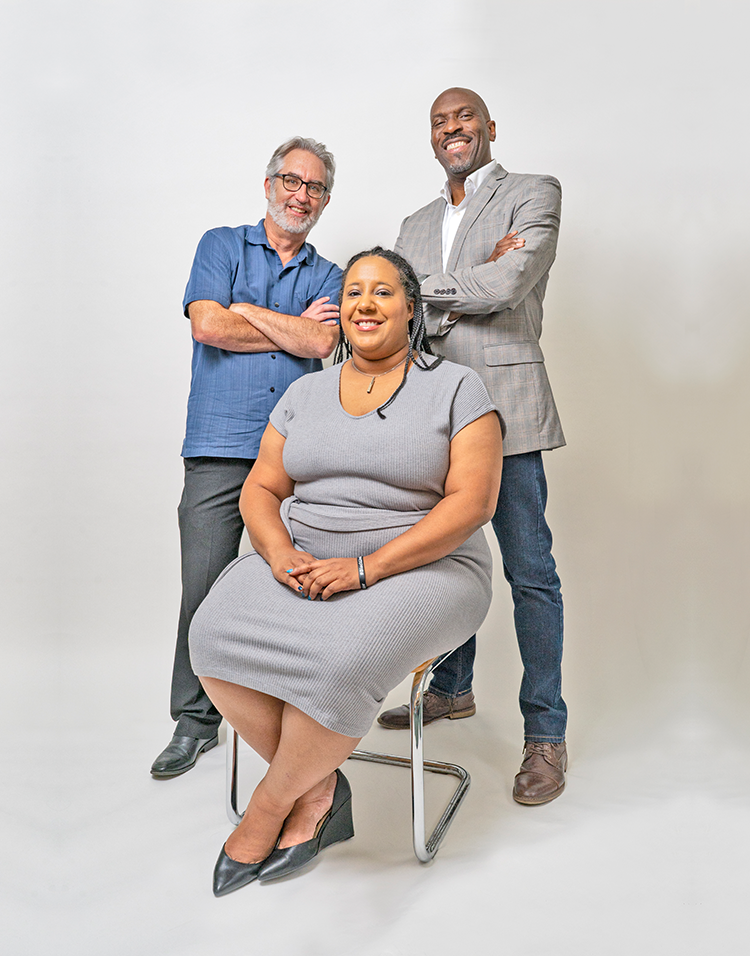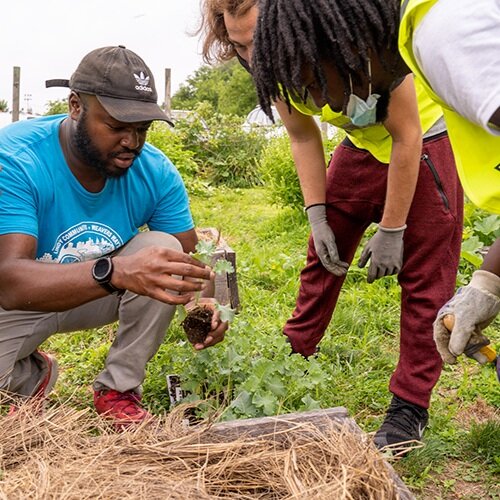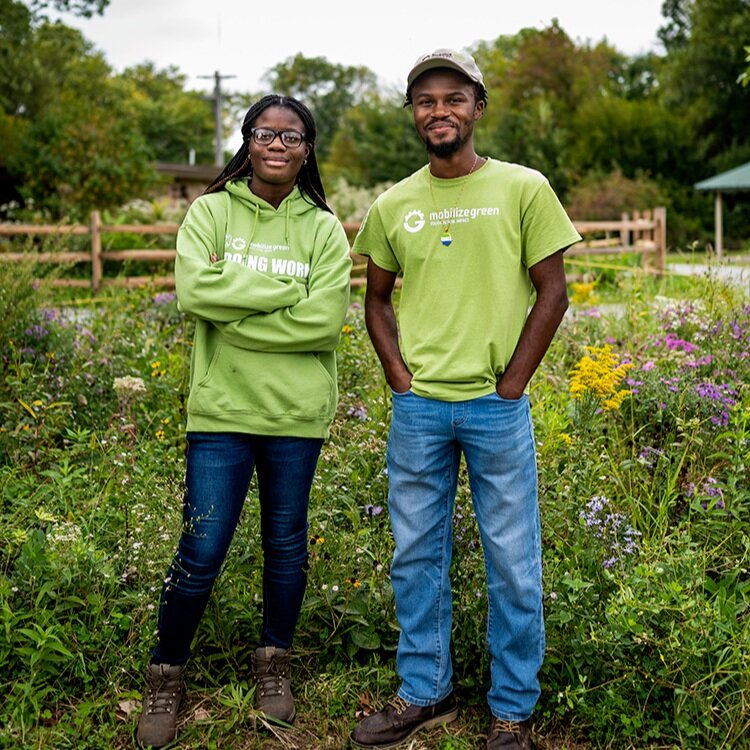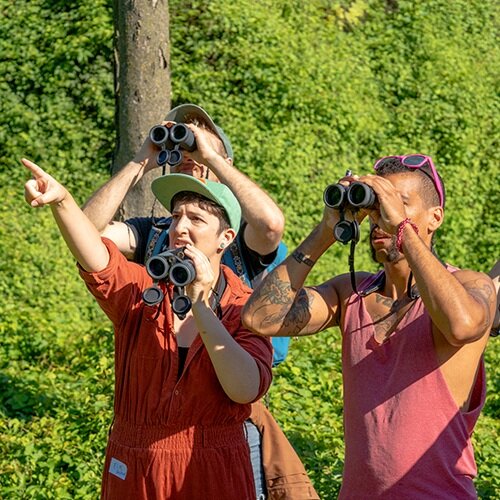When Tya Winn was in college, she was the only Black female student out of 500 in her architecture program.
“Five days a week, I’d have class until 6 p.m., and I’m the only Black female. It was alienating. When I’d come home from class, I never had someone who I could talk to that could relate to me and what I was feeling,” recalls Winn, who is now the executive director of the Community Design Collaborative, as well as a board member of the Philadelphia chapter of the American Institute of Architects (AIA).
Fifteen years later, her experience is still common. According to the 2019 National Council of Architectural Registration Boards annual report, only 2% of licensed architects are Black and only 0.3% of licensed architects are Black women.
“I think right now just in freshmen classes across all of the universities in the city, there are maybe 25 non-white students enrolled in architecture programs,” Winn says.

That’s why she, along with fellow architects and educators Michael Spain and Rob Fleming, are a part of the Justice Alliance for Design Education in Philadelphia (JADE-PHL), an organization formed in 2019 to address institutional racism within architecture education.
“We can’t solve racism in architecture everywhere. What we can do is watch it change in Philadelphia.”
— Tya Winn, executive director of the Community Design Collaborative
Though talks of forming the group began around 2016, Winn says the issue became impossible to ignore with Donald Trump’s ascendence to the presidency and the rise of the #MeToo and Black Lives Matter movements. The lack of diversity in their field needed to be addressed.
“The first thing that brought us together was, ‘What does it take to get to architecture school?’ because we all thought it would be great to get more BIPOC students in architecture programs, but then we realized that these students get there and their experience is often less than desirable,” says Fleming, who co-chairs JADE-PHL alongside Winn.
According to Winn and Fleming, JADE-PHL’s approach is a “slow burn,” meaning the result they want won’t be achieved without starting conversations that force their colleagues to reflect on their own racial biases.
Though people were quick to suggest scholarships for BIPOC students after the death of George Floyd, Fleming and his colleagues decided that such measures wouldn’t cut it.
“I was like, ‘Nope. We’re going to spend three months just talking about ourselves and our own biases, and our own inherent racism, and come to grips with the fact that we aren’t even at the point where we can have a realistic conversation about what we’re going to do,’” Fleming says.
Winn agreed, saying that scholarships would only put BIPOC students into potentially traumatic situations where they felt alone in their classes. Spain echoed her sentiment.
“There are students who have seen themselves as less-than, or even challenged more by their professors, because of the color of their skin, and have personally come to me and asked ‘What’s up?’ wondering why they’re being challenged. Even worse, they wonder why this faculty member feels privileged enough to treat them like this,” Spain says.
The members of JADE-PHL believe that in order to get more BIPOC students into architecture programs and keep them there, they need to start sooner than a college student’s first year.
That is why they have created a tactical plan, including a proposal for a city-wide design studio across five universities (Jefferson, Temple, Drexel, Penn State and the University of Pennsylvania) and the Community College of Philadelphia. All of the schools will focus on the same neighborhood and build capacity there, using a road map that will help introduce kids to architecture as early as kindergarten.
“The K-12 space is where we start to introduce this idea that you can be in this field, and once you arrive at college you’ll be able to thrive,” Spain says.
Though Winn, Spain and Fleming would love to see programs all across the country become more inclusive, they’re focusing their attention solely on Philadelphia because of its unique traits, such as being home to the most schools of architecture and design per capita of any city in the United States.
Because of the number of design schools in the city, coupled with the fact that Philadelphia has the highest percentage of people living below the poverty line, Winn says there is an opportunity to explore urban conditions and how architecture can play a role in urban spaces.
“Because Philly is unique, it might not work everywhere else,” says Winn. “We can’t solve racism in architecture everywhere. What we can do is watch it change in Philadelphia.”








